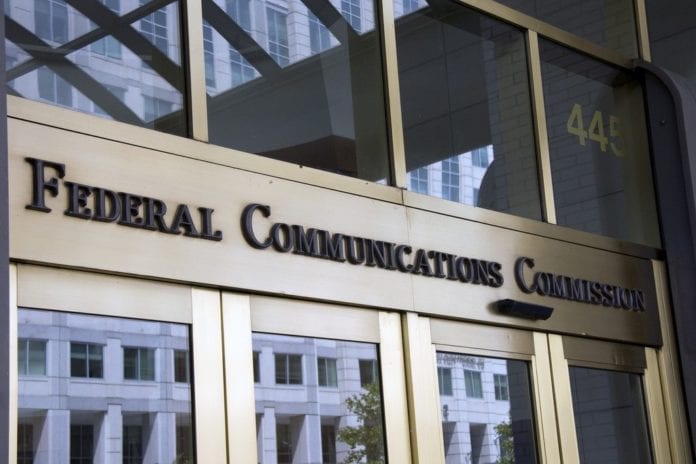U.S. push against Huawei gaining traction in Europe
The U.S. Federal Communications Commission (FCC) has begun the process of drawing up a list of telecommunications equipment deemed to pose a security risk for the country as part of the agency’s efforts to limit the reach of Huawei Technologies and ZTE.
The FCC on June 30 issued a public notice stating that operators cannot receive federal money “to purchase, obtain, maintain, improve, modify, or otherwise support any equipment or services produced or provided by Huawei or ZTE.
The FCC had stated that the Chinese vendors posed a national security threat to the integrity of communications networks and the communications supply chain.
With a 5-0 vote Thursday, the FCC asked for public comment on how a list of equipment should be drawn up. The list is to include gear and services from these two Chinese vendors.
“Today’s decision is another step by this commission toward eliminating untrustworthy equipment,” said Geoffrey Starks, an FCC Democratic commissioner. “But we need a broader and more cohesive plan to develop and support alternatives.”
Starks called on Congress to provide funds for small providers that may need to remove Huawei equipment. In the U.S, Huawei gear is mainly used by small rural carriers.
The Rural Wireless Association recently said it was “stunned” by the FCC decision to ban Huawei and ZTE. “As a result, rural carriers who have deployed Huawei or ZTE equipment or services in their networks will now lack the ability to support their critical networks that are serving hundreds of thousands of rural Americans and those traveling through rural America,” the entity said in a statement.
Subscribe now to get the daily newsletter from RCR Wireless News
Huawei was added to the Entity List in May 2019, after the Department of Commerce concluded that the vendor was engaged in activities that were contrary to U.S. national security or foreign policy interests. However, the U.S. government believes that Huawei has continued to use U.S. software and technology to design semiconductors.
Due to this, the Bureau of Industry and Security (BIS) of the U.S. Department of Commerce announced in May plans to restrict Huawei’s ability to use U.S. chipmaking equipment and software to design and manufacture its semiconductors abroad.
This decision by the U.S. government led the U.K government to ban the use of Huawei’s gear in 5G networks as U.K experts concluded that the new restrictions make it impossible to continue to guarantee the security of Huawei equipment in the future. The U.K government also determined that Huawei’s gear should be completely removed from the country’s 5G networks by the end of 2027.
China Ministry of Commerce representative Gao Feng expressed strong opposition to the U.K ban, noting that the Chinese government will take necessary measures to safeguard Chinese firms’ rights and interests.
Gao said the decision violates WTO rules and will harm Chinese investors’ confidence in the U.K.
Washington believes that the Chinese government uses Huawei’s equipment for spying purposes. U.S. President Donald Trump’s administration has been also lobbying allies in Europe and elsewhere to block mobile carriers from using Huawei’s equipment in 5G networks. Huawei has repeatedly denied these allegations.

